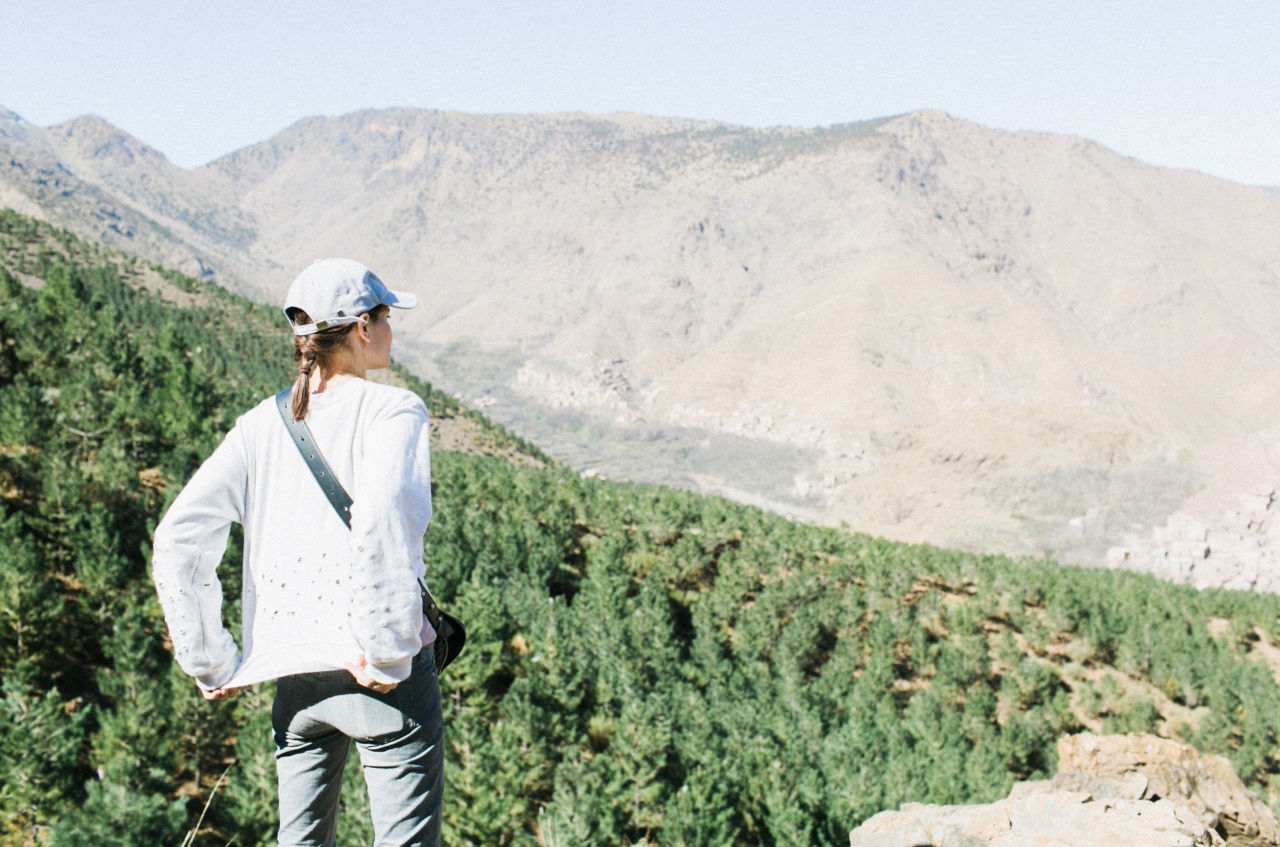There is a world of wonder and fascination right outside your door, and it’s waiting to be explored and appreciated.
Often, we overlook the hidden beauty and complexity of our own backyard, but with a little curiosity and exploration, we can uncover a wealth of treasures and secrets that we never knew existed.
Getting Started
The adventure begins with a fresh outlook and a willingness to explore and learn. Even if you’ve lived in your home for years, take a step back and look at your backyard with new eyes.
What do you see? What do you hear? What do you smell? What do you feel? Engage all of your senses and allow yourself to be fully immersed in the space.
Start by taking a leisurely walk around your backyard, paying close attention to the details. Observe the plants and trees, the textures and colors, the scents and sounds.
Notice the insects and creatures that inhabit the space, from tiny ants to fluttering butterflies to chirping birds. Take a few photos or sketches to capture the essence of your backyard and to help you remember what you’ve discovered.
Exploring the Natural World
Your backyard is a microcosm of the natural world, with its own unique ecosystem. Take some time to observe and appreciate the different elements of nature that coexist in your backyard.
The Trees and Plants
The trees and plants in your backyard provide the foundation for the ecosystem. Take a closer look at the different types of trees and plants that grow in your backyard, and learn about their unique characteristics and needs.
Do you have fruit trees or flowering shrubs? Are there herbs and vegetables growing in a vegetable garden? What wildlife is drawn to these plants, and what role do they play in the balance of nature?.
The Wildlife
Your backyard is a hub of activity for a wide range of wildlife, from insects to birds to mammals. Take some time to observe and appreciate these creatures, and learn more about their habits and characteristics.
Grab a field guide or download an app that can help you identify the different species that live in your area.
The Sky and Weather
Your backyard is also a perfect place to observe the skies and weather patterns. Take note of the different types of clouds, and learn about what each type indicates about the weather.
Watch for the changing colors and patterns of the sky during the sunrise and sunset, and appreciate the beauty and wonder of the natural world.
Creating a Backyard Habitat
By creating a backyard habitat, you can provide a safe and nurturing environment for a wide range of wildlife, and help to support and enrich the natural world.
Planting for Wildlife
Planting native species that provide food, shelter, and nesting sites for wildlife can help to attract a variety of animals to your backyard.
Research the different types of plants that are native to your region, and select those that will thrive in your growing conditions. Choose varieties that bloom at different times of the year to provide a constant source of food and nectar for pollinators and other wildlife.
Providing Water Sources
Water is an essential element for wildlife, and providing a source of fresh, clean water can help to attract a variety of creatures to your backyard.
This can be as simple as setting up a bird bath or a shallow dish of water, or a more elaborate water feature like a pond or fountain.
Creating Shelter
Providing shelter for wildlife can be as simple as leaving fallen leaves and branches in a corner of your yard, or as complex as building a birdhouse or a bat box.
Research the different types of wildlife that live in your area, and learn about their shelter needs.
Conclusion
Your backyard is a treasure trove of beauty, wonder, and discovery.
By taking the time to explore and appreciate the natural world in your own backyard, you can gain a new understanding and respect for the complexity and diversity of the world around us. Whether you simply sit and observe, or take an active role in creating a backyard habitat, you can make a positive impact on the natural world and gain a deeper appreciation for the beauty and complexity of the natural world.































